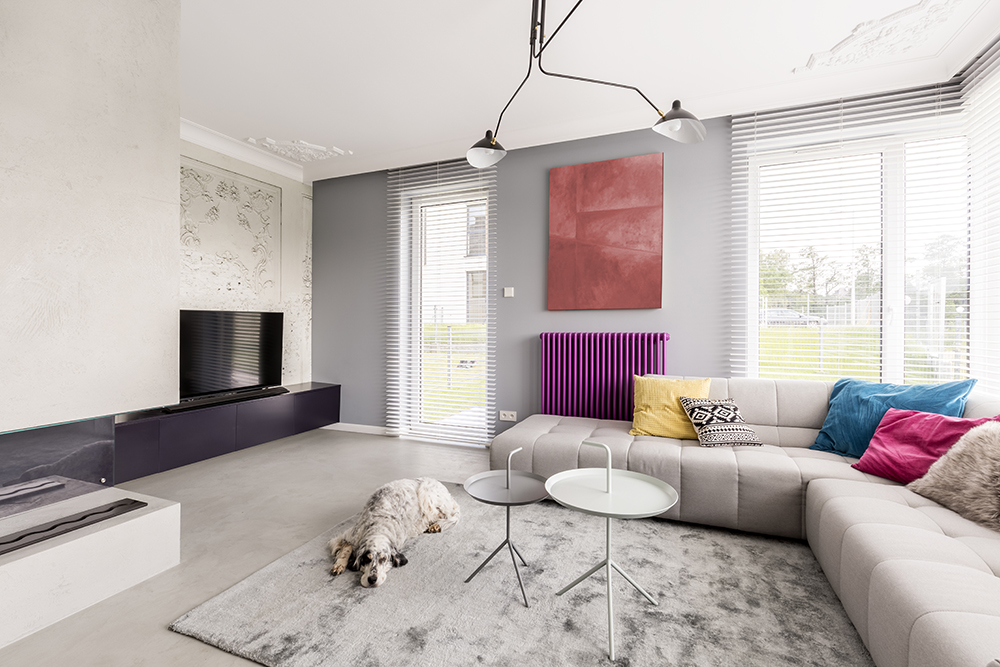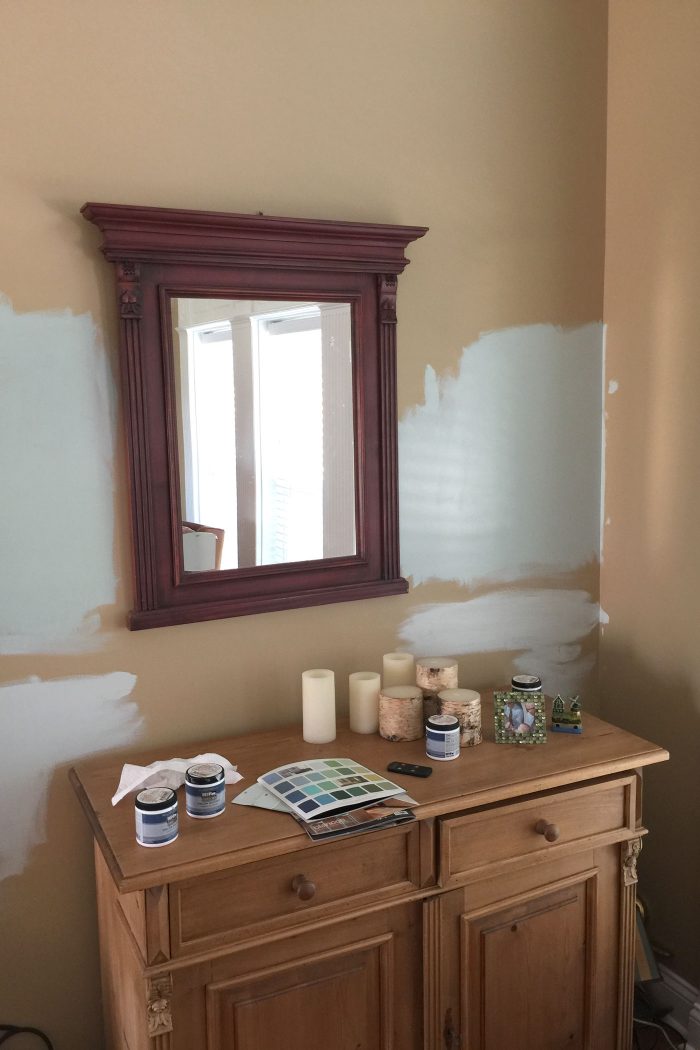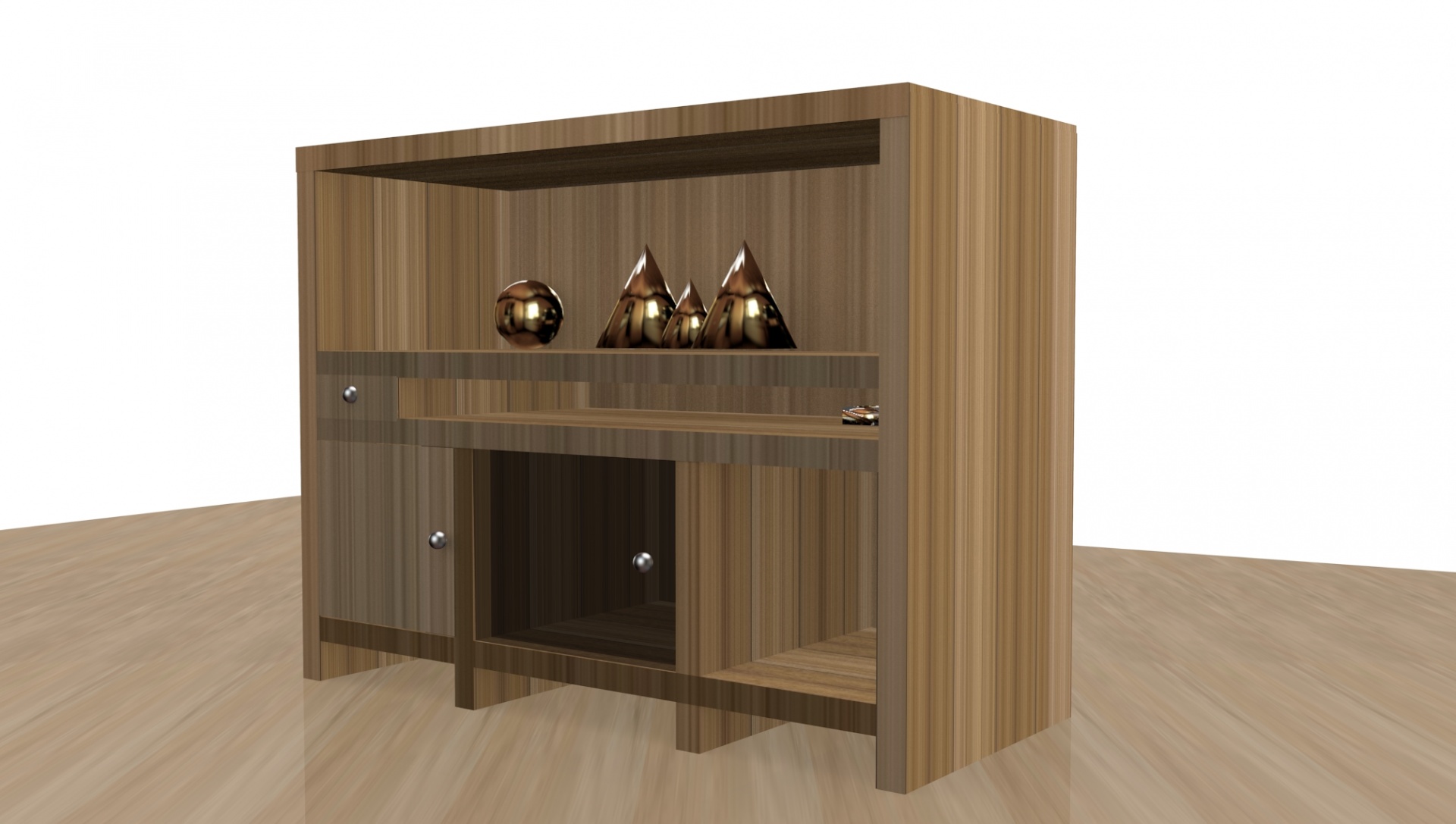Arranging furniture in a living room can be a daunting task, especially if you have a limited amount of space to work with. But when it comes to floating furniture, the possibilities are endless. Floating furniture refers to pieces that are not anchored to the walls or other furniture, allowing for more flexibility in your space. If done correctly, arranging floating furniture can create a stylish and functional living room. Here are ten tips to help you achieve the perfect layout for your living room.Tips for Arranging Floating Furniture in Your Living Room
When dealing with a small living room, it's important to maximize every inch of space. Start by measuring the room and the furniture to ensure a proper fit. Consider using multi-functional furniture, such as a storage ottoman or a sofa bed, to save on space. Place furniture against the walls to create an open flow and leave enough room for foot traffic. Use a rug to anchor the furniture and create a cozy seating area.How to Arrange Furniture in a Small Living Room
A large living room can be a blessing, but it can also be a challenge when it comes to arranging furniture. Instead of placing all the furniture against the walls, try creating multiple seating areas using floating furniture. This can include a reading nook with a comfortable chair and a small table, a conversation area with a sofa and chairs, and a TV viewing area with a sectional. This will add visual interest and make the room feel more intimate.Creative Ideas for Arranging Furniture in a Large Living Room
Open concept living rooms are becoming increasingly popular, but they can be tricky to furnish. The key is to create zones within the space using floating furniture. Use a sofa or a console table to define the living area and a dining table to separate the dining area. Avoid cluttering the space with too much furniture and make sure to leave enough room for easy movement between the zones.The Dos and Don'ts of Arranging Furniture in an Open Concept Living Room
Narrow living rooms can be challenging to decorate, but with the right furniture arrangement, you can make the most of the space. Start by placing the largest piece of furniture, such as a sofa, against the longest wall. Use floating furniture, such as armchairs or a coffee table, to create a seating area perpendicular to the sofa. This will make the room feel wider and more inviting.Maximizing Space: Arranging Furniture in a Narrow Living Room
When arranging floating furniture, it's essential to maintain a sense of balance in the room. This can be achieved by using similar-sized pieces of furniture on each side of the room. For example, if you have a large sofa on one side, balance it out with a couple of armchairs on the other side. You can also use accessories, such as lamps or artwork, to create balance and symmetry in the room.The Importance of Balance When Arranging Floating Furniture in Your Living Room
A living room should be both comfortable and functional, and arranging floating furniture can help achieve this. Start by placing the largest furniture pieces, such as a sofa and a coffee table, in the center of the room. Use smaller pieces, such as accent chairs or side tables, to fill in the gaps and create a cozy seating area. Make sure to leave enough space for foot traffic and consider using a rug to tie the room together.How to Create a Cozy and Functional Living Room with Floating Furniture
A fireplace can be a focal point in a living room, so it's essential to arrange the furniture in a way that complements it. Start by placing the sofa facing the fireplace, with chairs on either side. This will create a cozy seating area centered around the fireplace. If the room allows, you can also add a small table or a bench in front of the fireplace to create a reading nook or an extra seating area.The Best Furniture Arrangement for a Living Room with a Fireplace
Not all living rooms are a standard rectangular shape, and this can make furniture arranging challenging. The key is to work with the room's unique features and create a layout that flows. If you have a room with a bay window, for example, use it as a focal point and arrange furniture around it. Don't be afraid to mix and match different furniture styles and sizes to make the most of the space.Tips for Arranging Furniture in an Awkwardly Shaped Living Room
When arranging floating furniture, it's important to consider not only the layout but also the color and texture of the pieces. Use a mix of colors and textures to add visual interest and create a cohesive look. For example, pair a leather sofa with a plush, textured rug and a velvet armchair. You can also use throw pillows and blankets in different colors and patterns to add pops of color and texture to the room.The Impact of Color and Texture When Arranging Floating Furniture in Your Living Room
Making the Most of Your Living Room: Tips for Arranging Floating Furniture

Why Choose Floating Furniture?
 When it comes to decorating your living room, there are many factors to consider. From color schemes and lighting to furniture placement, every decision can make a big impact on the overall design and functionality of the space. One approach that has gained popularity in recent years is arranging floating furniture. This technique involves placing furniture away from the walls, creating a more open and airy feel in the room. Not only does it make the space look more modern and stylish, but it also has practical benefits such as better traffic flow and the ability to easily rearrange for different occasions.
When it comes to decorating your living room, there are many factors to consider. From color schemes and lighting to furniture placement, every decision can make a big impact on the overall design and functionality of the space. One approach that has gained popularity in recent years is arranging floating furniture. This technique involves placing furniture away from the walls, creating a more open and airy feel in the room. Not only does it make the space look more modern and stylish, but it also has practical benefits such as better traffic flow and the ability to easily rearrange for different occasions.
Start with the Basics
 Before you begin rearranging your furniture, it's important to start with the basics. Take a look at the layout and size of your living room and determine the focal point. This could be a fireplace, a large window, or even a TV. Once you have identified the focal point, you can begin arranging your floating furniture around it. This will create a more cohesive and visually appealing look in the room.
Before you begin rearranging your furniture, it's important to start with the basics. Take a look at the layout and size of your living room and determine the focal point. This could be a fireplace, a large window, or even a TV. Once you have identified the focal point, you can begin arranging your floating furniture around it. This will create a more cohesive and visually appealing look in the room.
Consider Functionality
 When arranging floating furniture, it's important to consider functionality. Think about how you and your family use the living room and what activities take place there. Will you be using the space for movie nights, family game nights, or just relaxing? This will help determine the placement of different pieces of furniture. For example, if you plan on hosting game nights, it would be beneficial to have a coffee table or ottoman in the center of the room for easy access to snacks and drinks.
When arranging floating furniture, it's important to consider functionality. Think about how you and your family use the living room and what activities take place there. Will you be using the space for movie nights, family game nights, or just relaxing? This will help determine the placement of different pieces of furniture. For example, if you plan on hosting game nights, it would be beneficial to have a coffee table or ottoman in the center of the room for easy access to snacks and drinks.
Find Balance
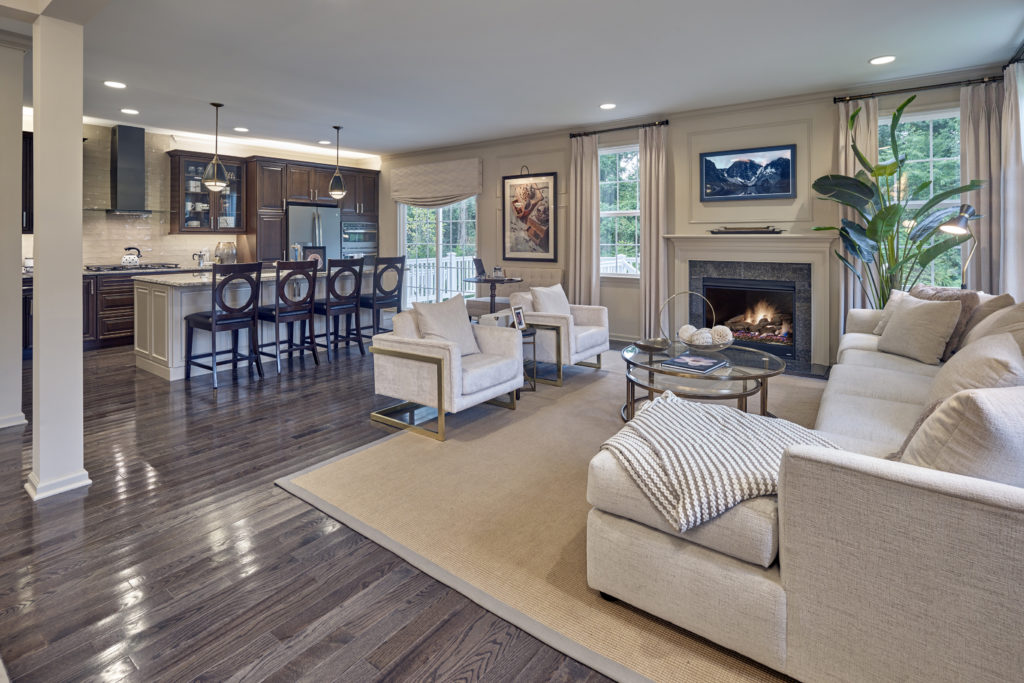 Another key element to keep in mind when arranging floating furniture is balance. It's important to evenly distribute furniture throughout the room to create a sense of harmony. A good rule of thumb is to have larger pieces of furniture, such as sofas and armchairs, on opposite sides of the room to create balance. You can also use smaller pieces, such as side tables or accent chairs, to fill in any gaps and add visual interest.
Pro tip:
Use rugs to define different areas within the living room and add texture and warmth to the space.
Another key element to keep in mind when arranging floating furniture is balance. It's important to evenly distribute furniture throughout the room to create a sense of harmony. A good rule of thumb is to have larger pieces of furniture, such as sofas and armchairs, on opposite sides of the room to create balance. You can also use smaller pieces, such as side tables or accent chairs, to fill in any gaps and add visual interest.
Pro tip:
Use rugs to define different areas within the living room and add texture and warmth to the space.
Experiment with Different Layouts
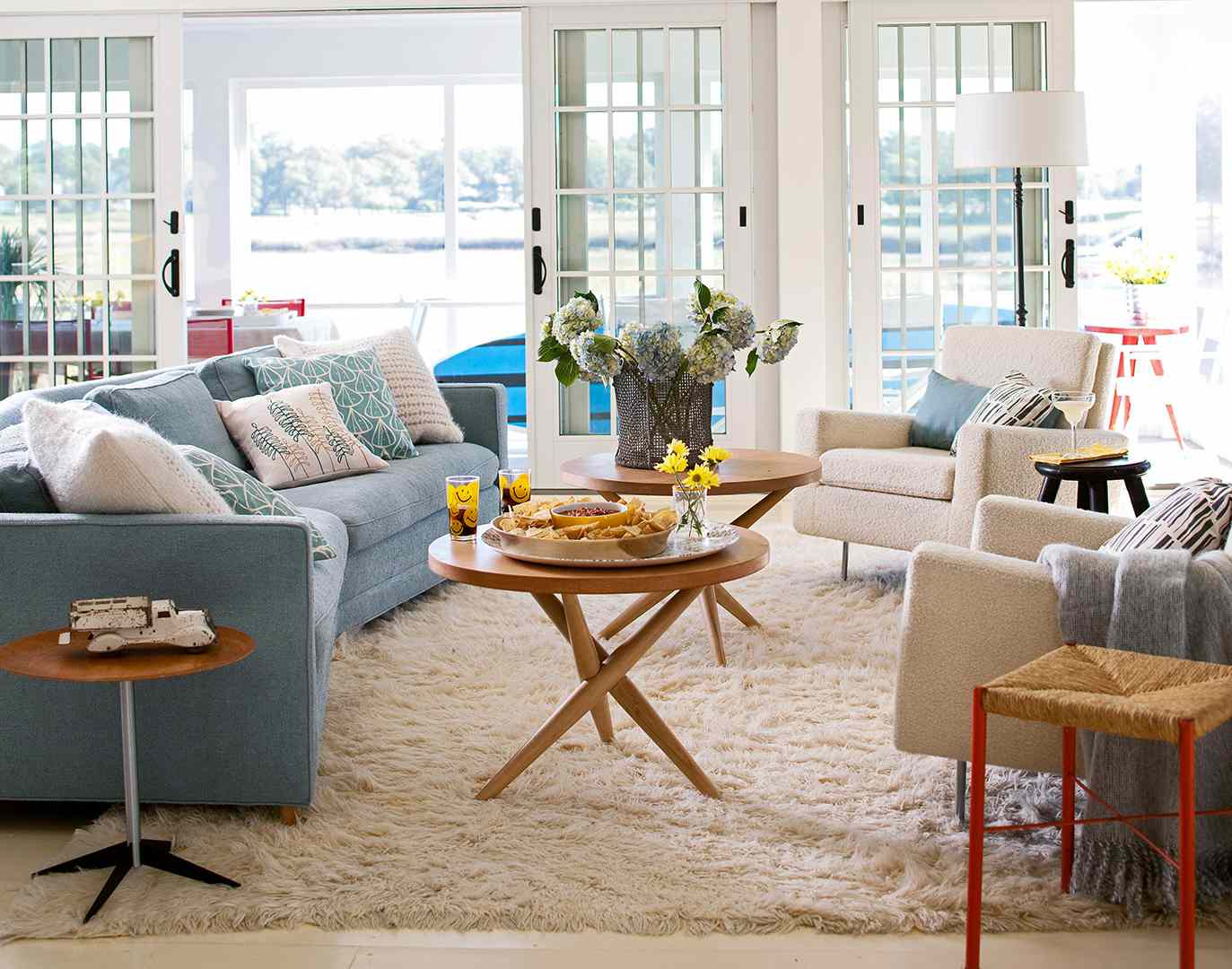 One of the best things about arranging floating furniture is the ability to experiment with different layouts. Unlike traditional furniture placement against the walls, floating furniture allows for more flexibility and creativity. Don't be afraid to try out different configurations and see what works best for your space. You may be surprised at how much a simple rearrangement can transform the look and feel of your living room.
One of the best things about arranging floating furniture is the ability to experiment with different layouts. Unlike traditional furniture placement against the walls, floating furniture allows for more flexibility and creativity. Don't be afraid to try out different configurations and see what works best for your space. You may be surprised at how much a simple rearrangement can transform the look and feel of your living room.
Final Thoughts
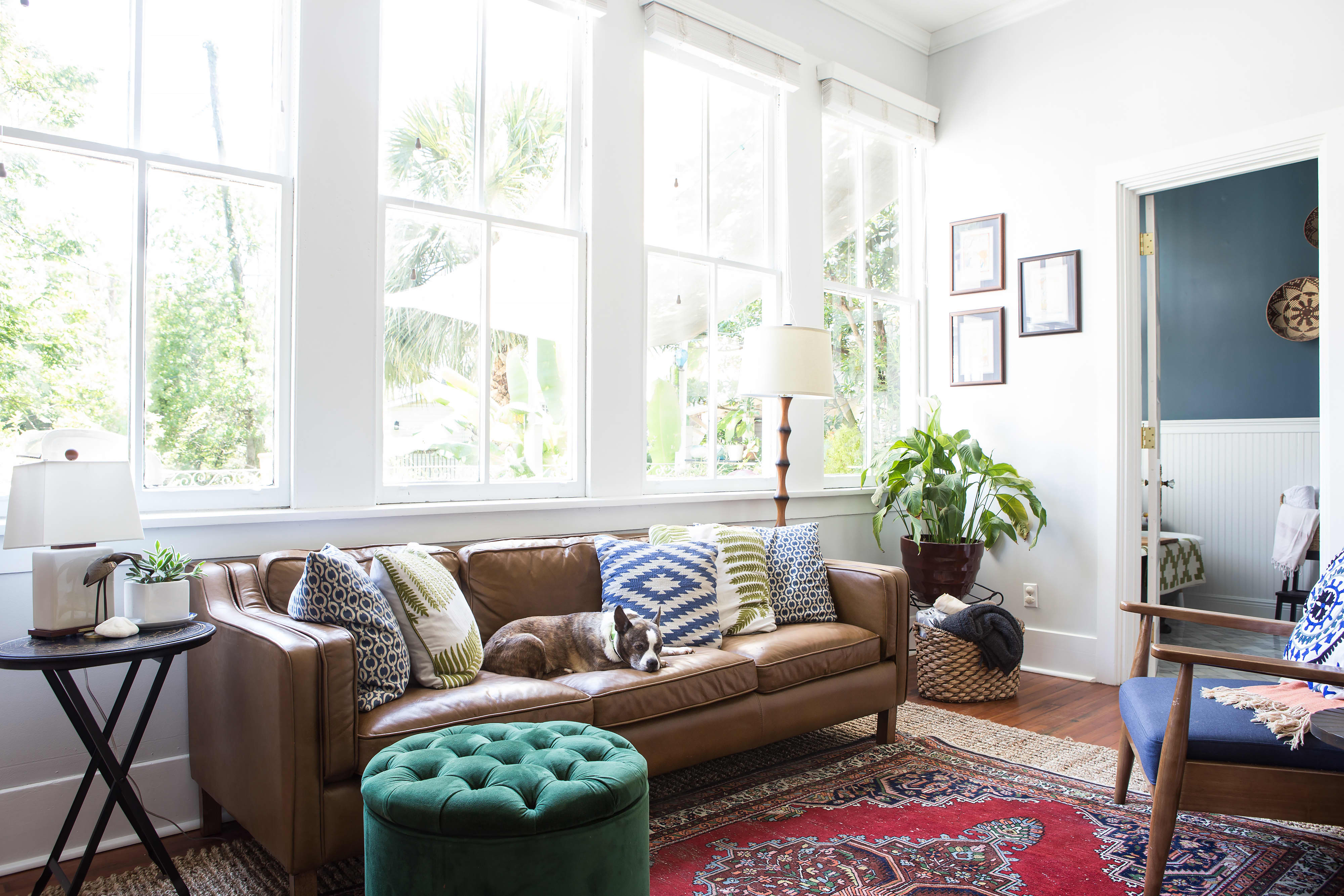 In conclusion, arranging floating furniture in your living room can be a fun and innovative way to spruce up your space. By starting with the basics, considering functionality, finding balance, and experimenting with different layouts, you can create a stylish and functional living room that suits your needs and personal style. So go ahead and give it a try, and see the difference it can make in your home.
In conclusion, arranging floating furniture in your living room can be a fun and innovative way to spruce up your space. By starting with the basics, considering functionality, finding balance, and experimenting with different layouts, you can create a stylish and functional living room that suits your needs and personal style. So go ahead and give it a try, and see the difference it can make in your home.


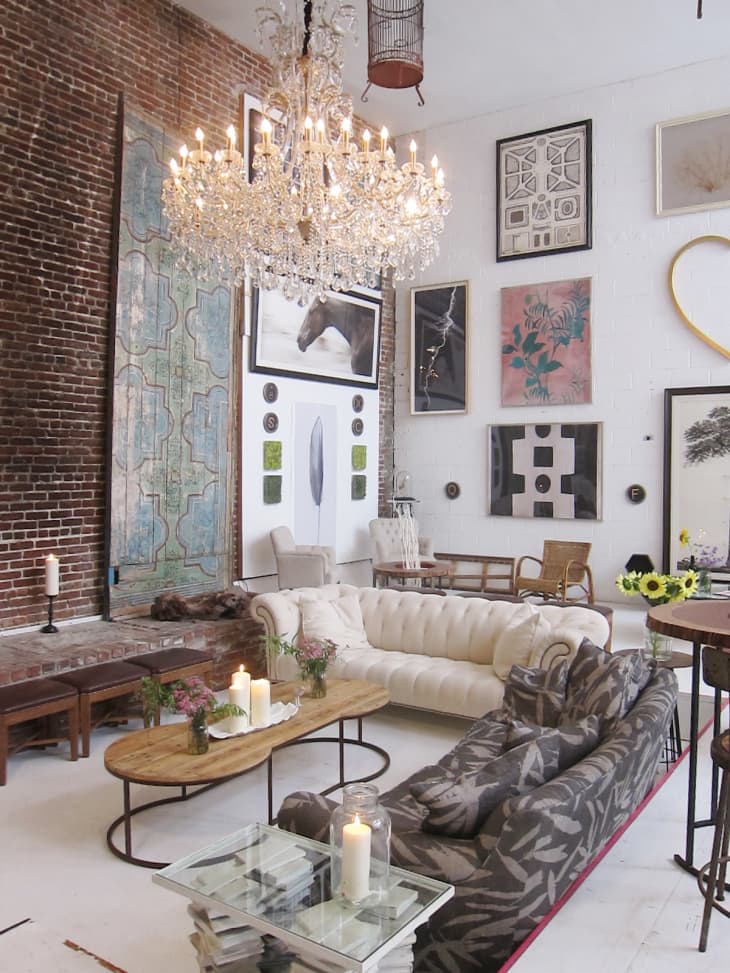



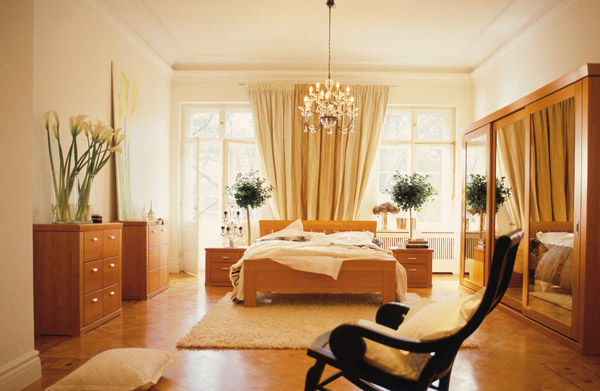




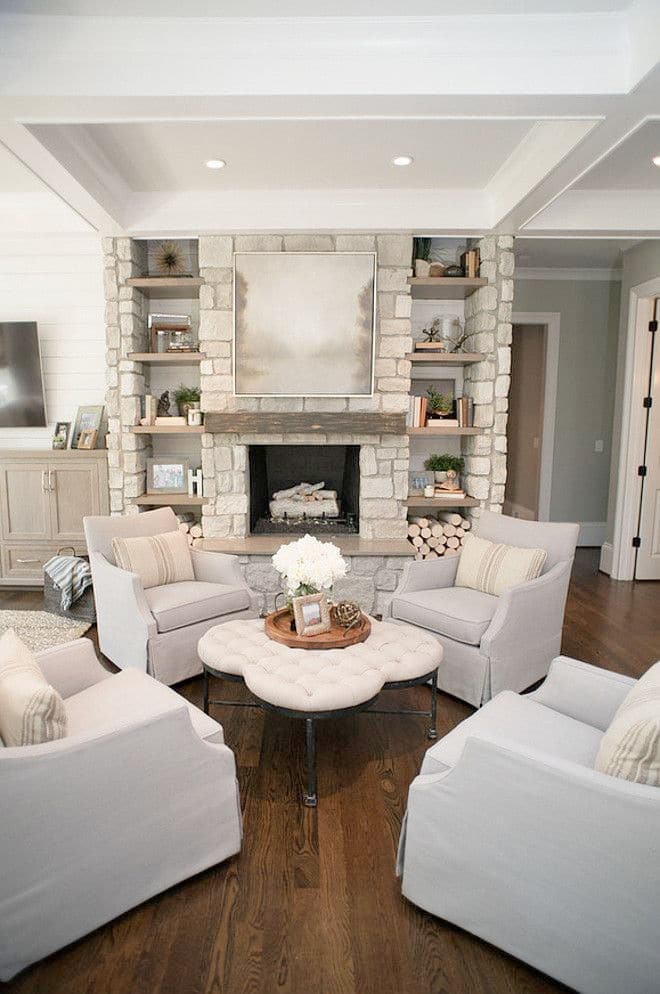

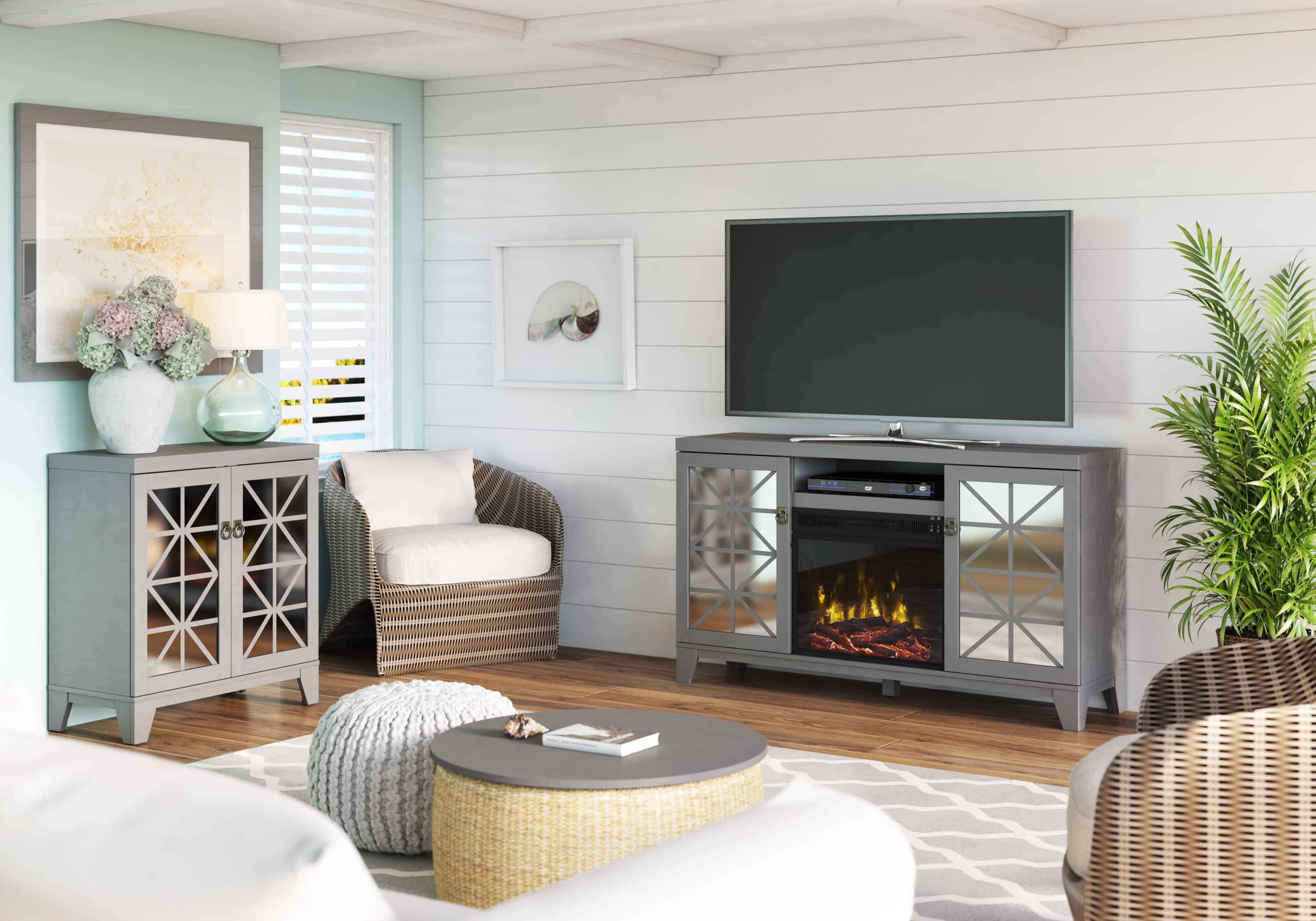

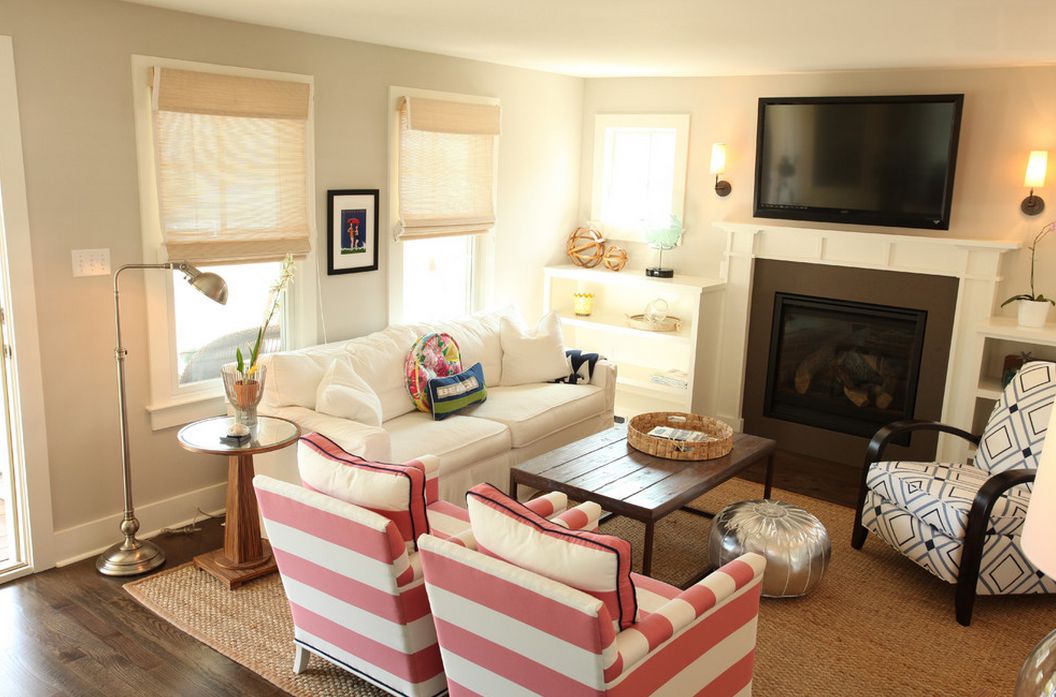







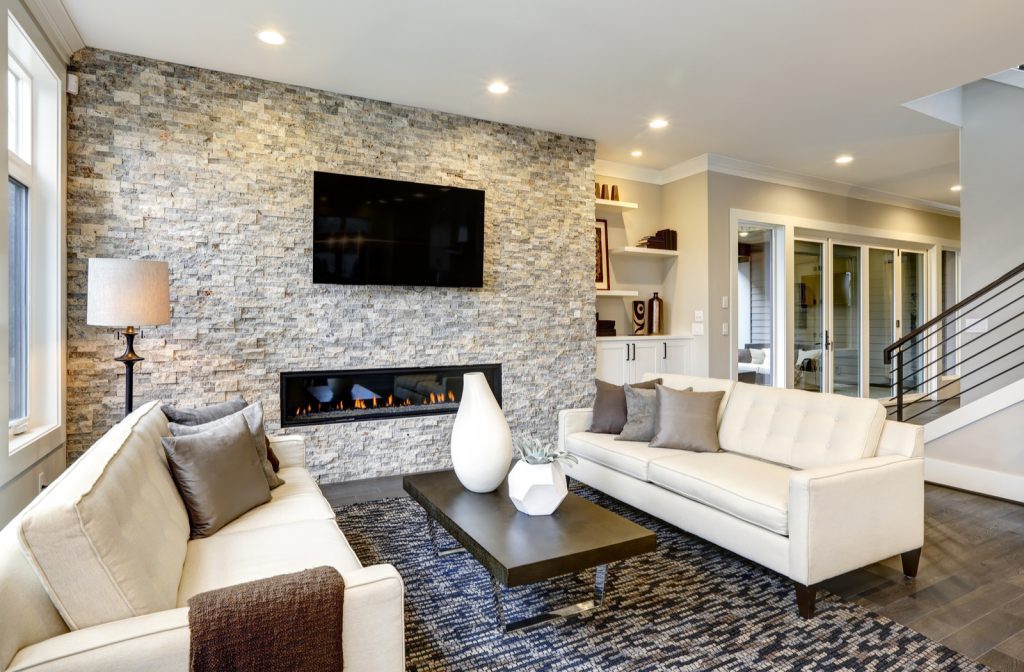
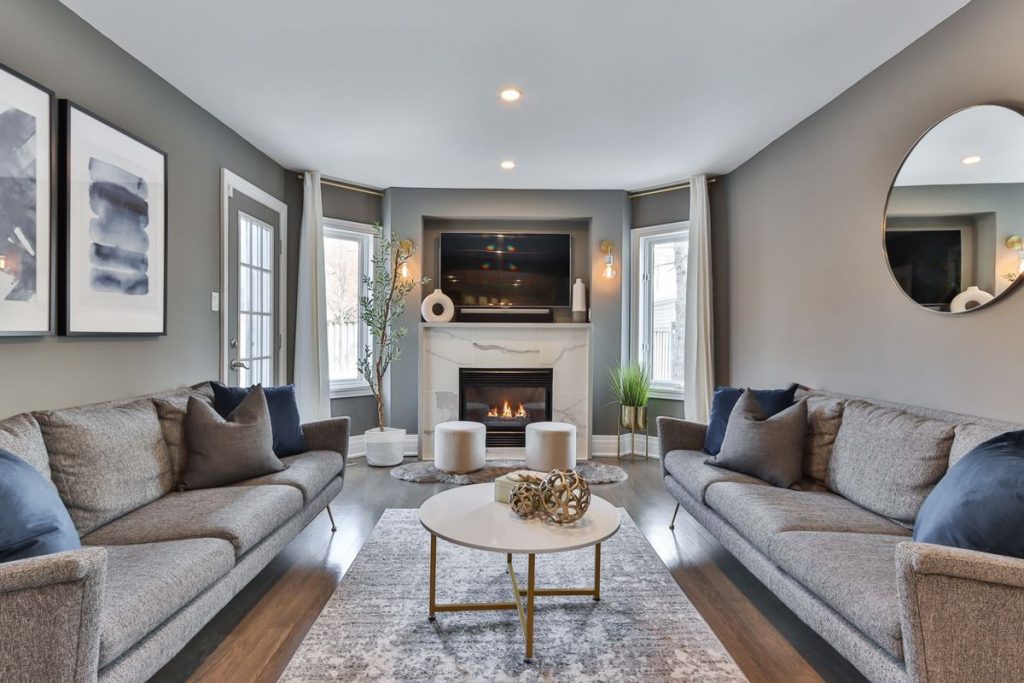
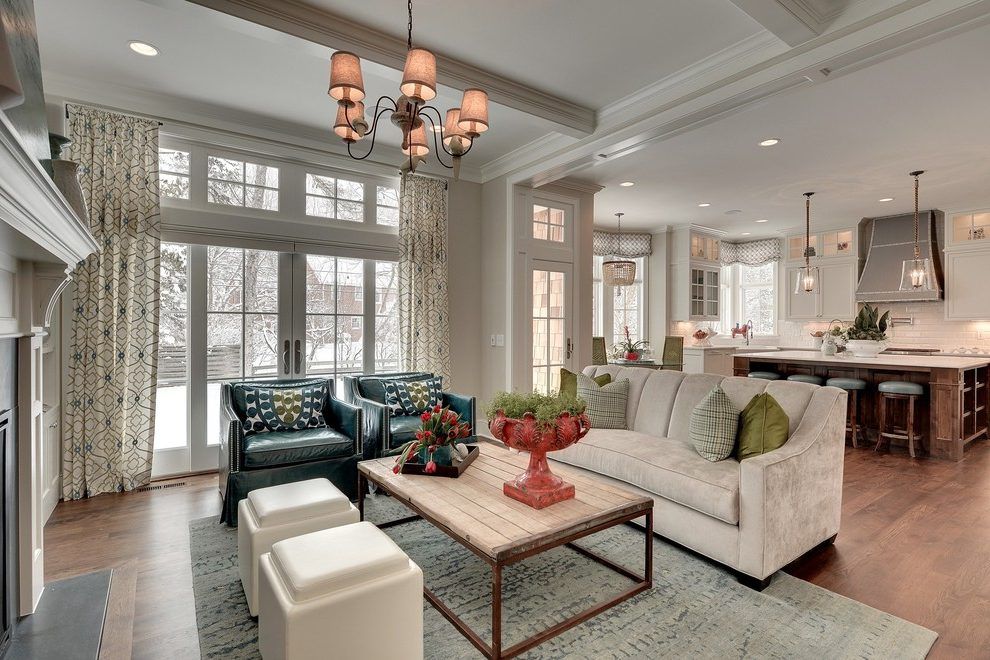





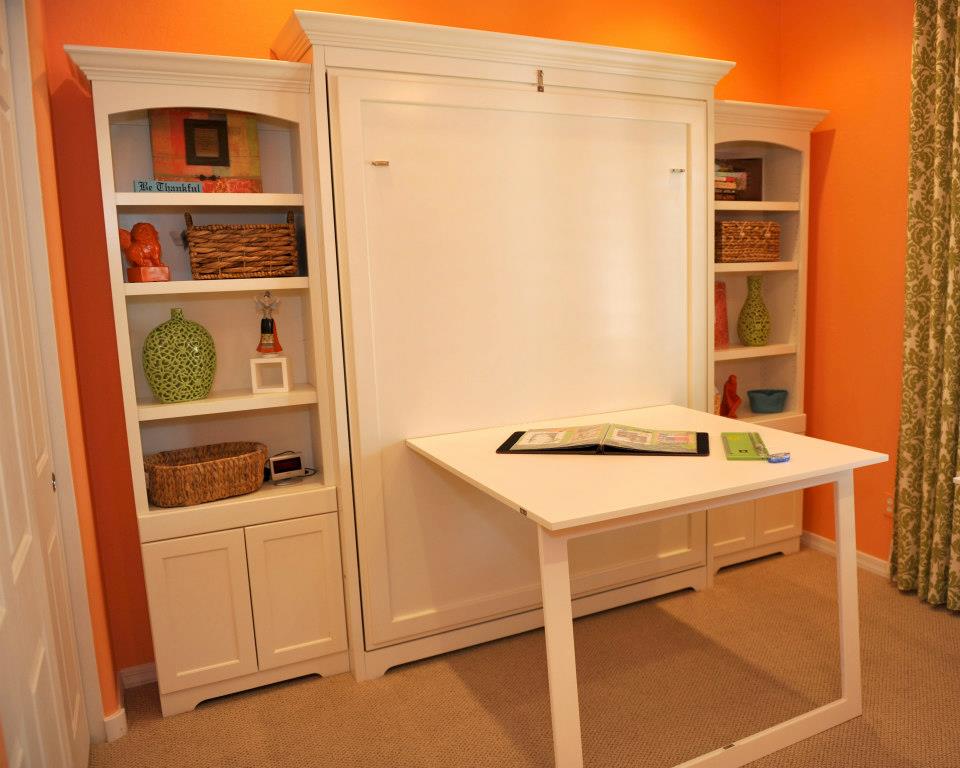











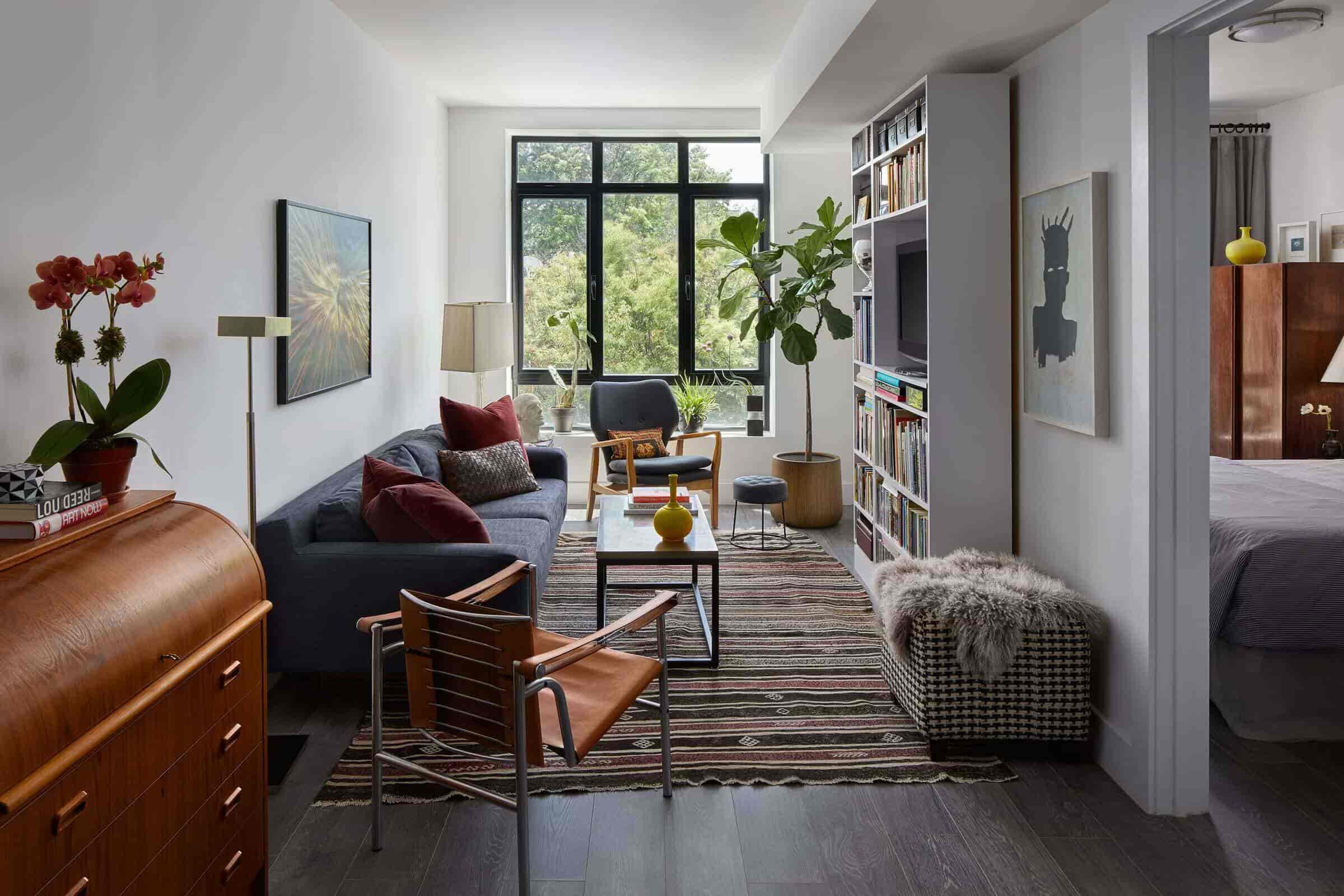





:max_bytes(150000):strip_icc()/rules-for-arranging-furniture-2213418-01-0ce5fc6a876342d693cef4e11367d098.jpg)

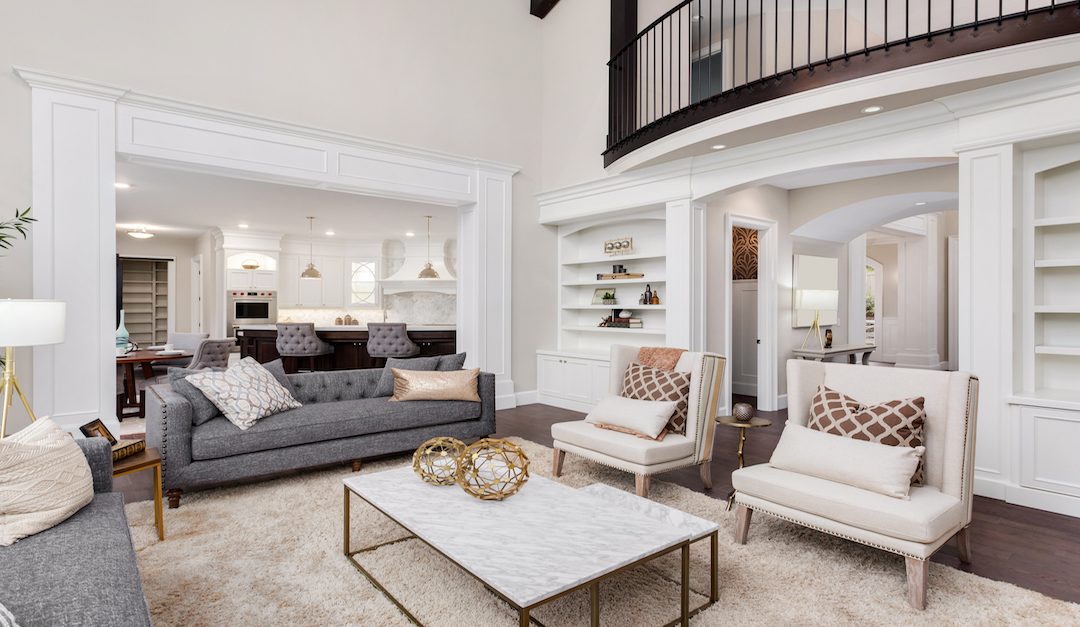
:max_bytes(150000):strip_icc()/camp_cal_living_rm_2-022_FINAL_1200-5a2ca381860d430eb415291eb38a44c2.jpg)


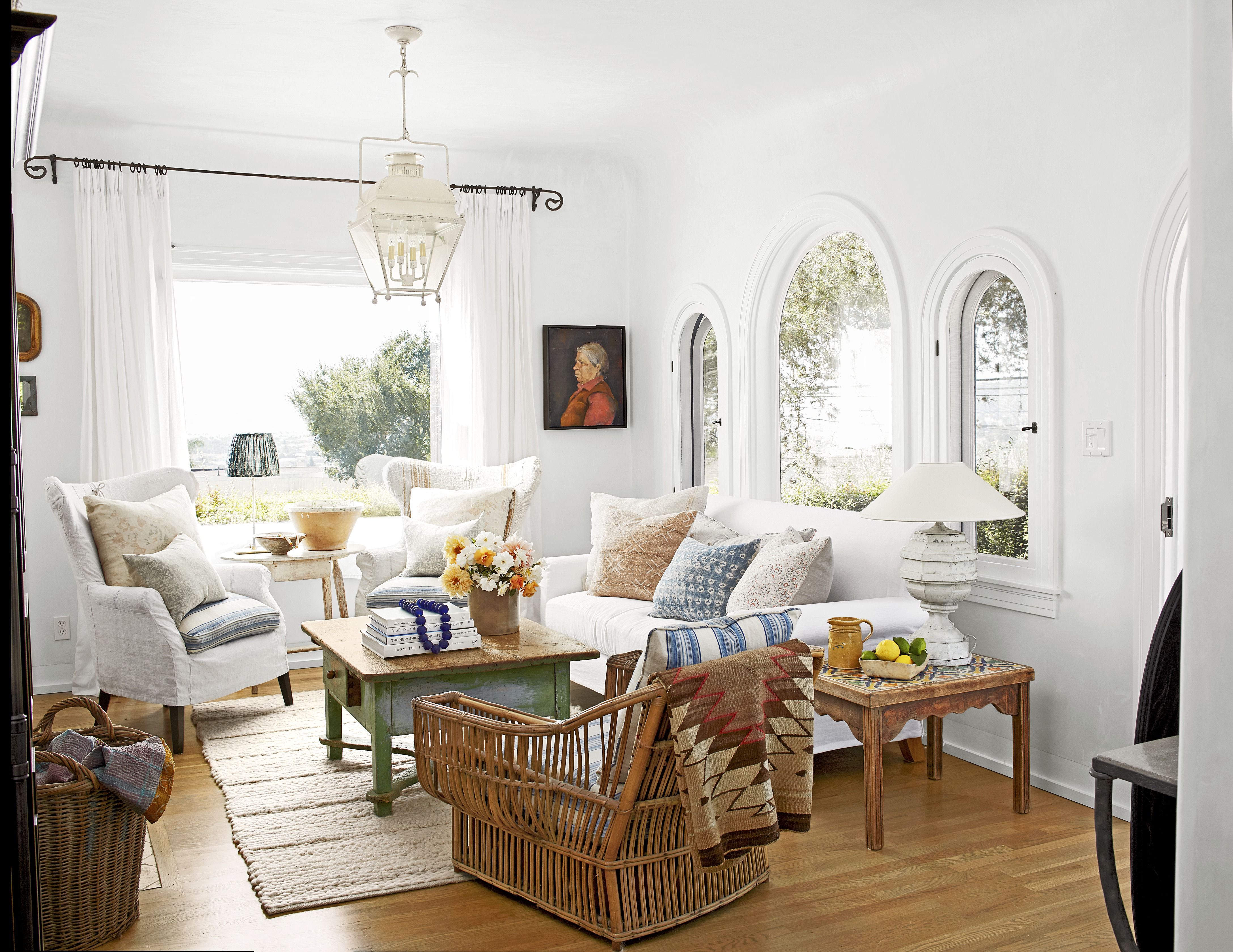

:max_bytes(150000):strip_icc()/Living-room-with-plaid-and-leather-furniture-589faf575f9b58819cb3fb05.png)
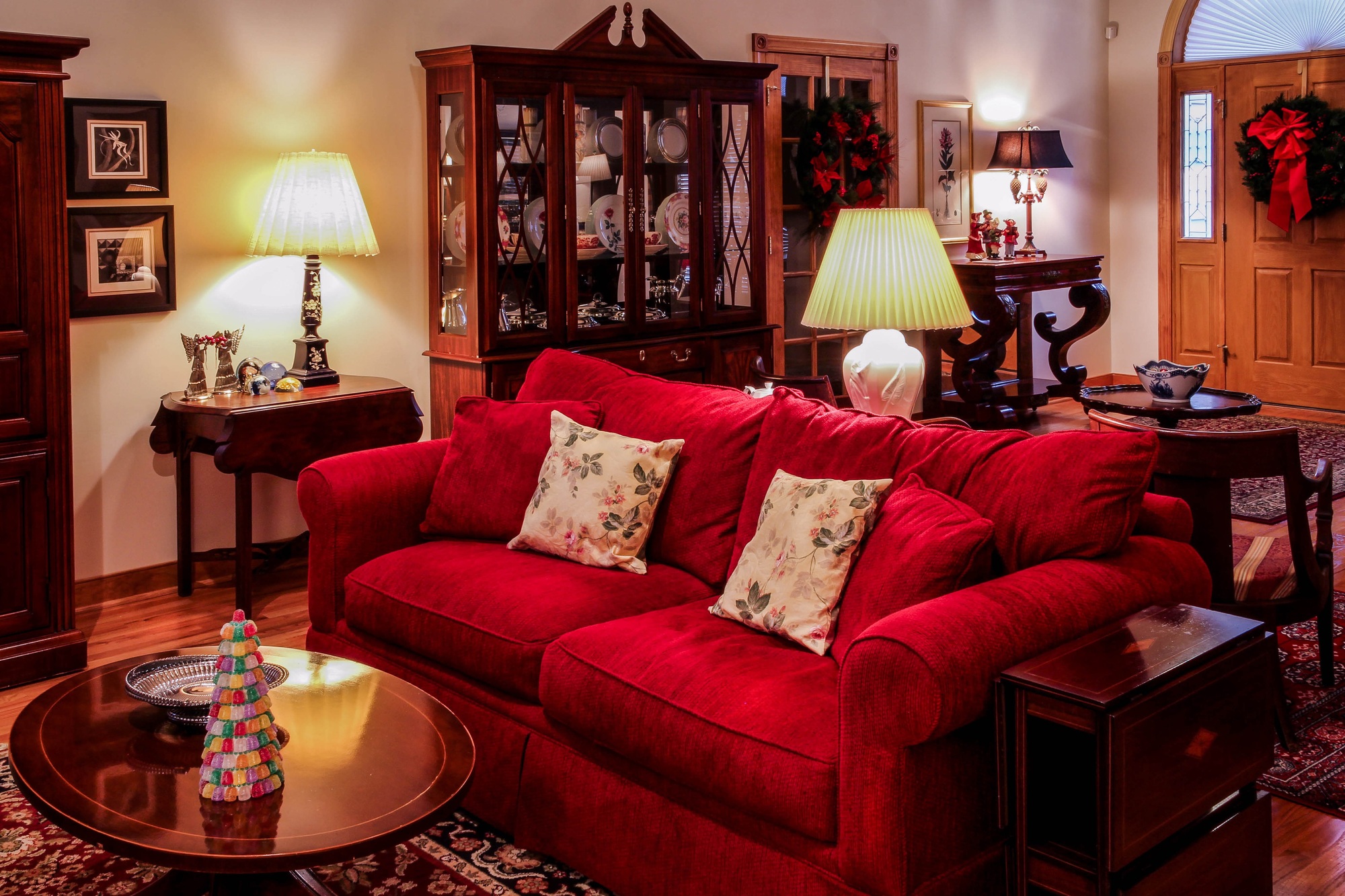

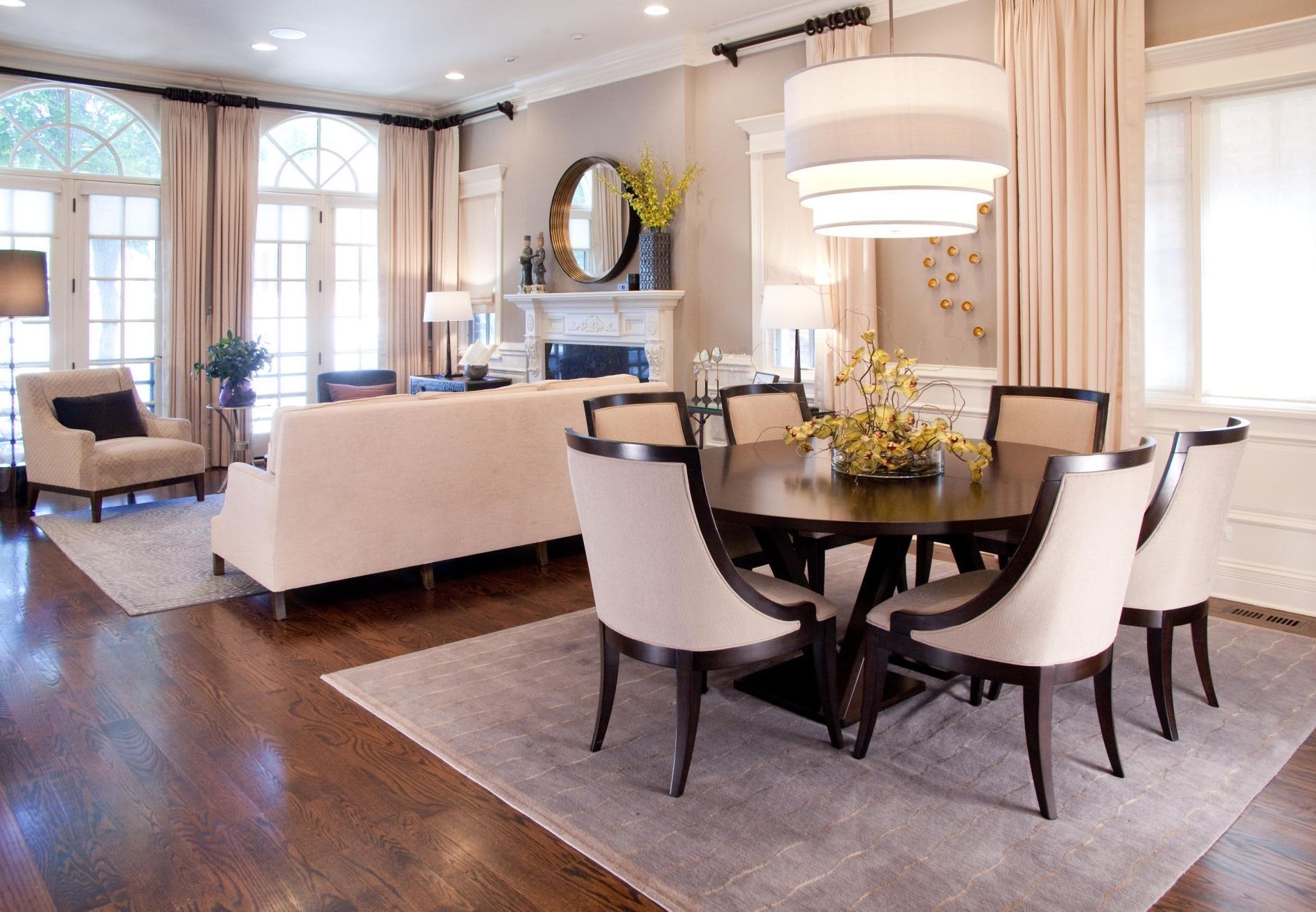
:max_bytes(150000):strip_icc()/Traditional-neutral-living-room-589fb4765f9b58819cb46c02.png)

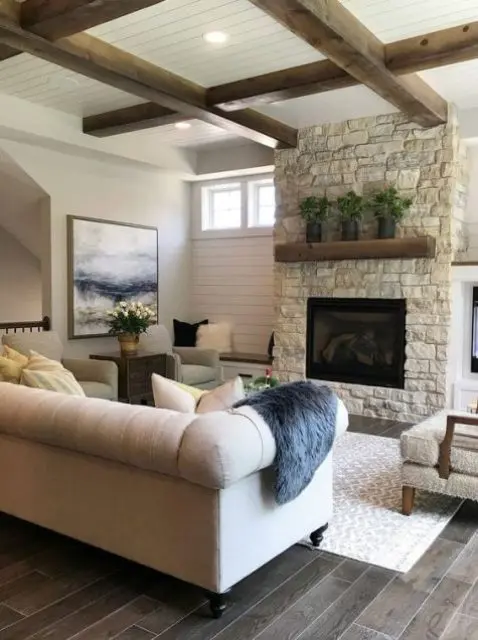




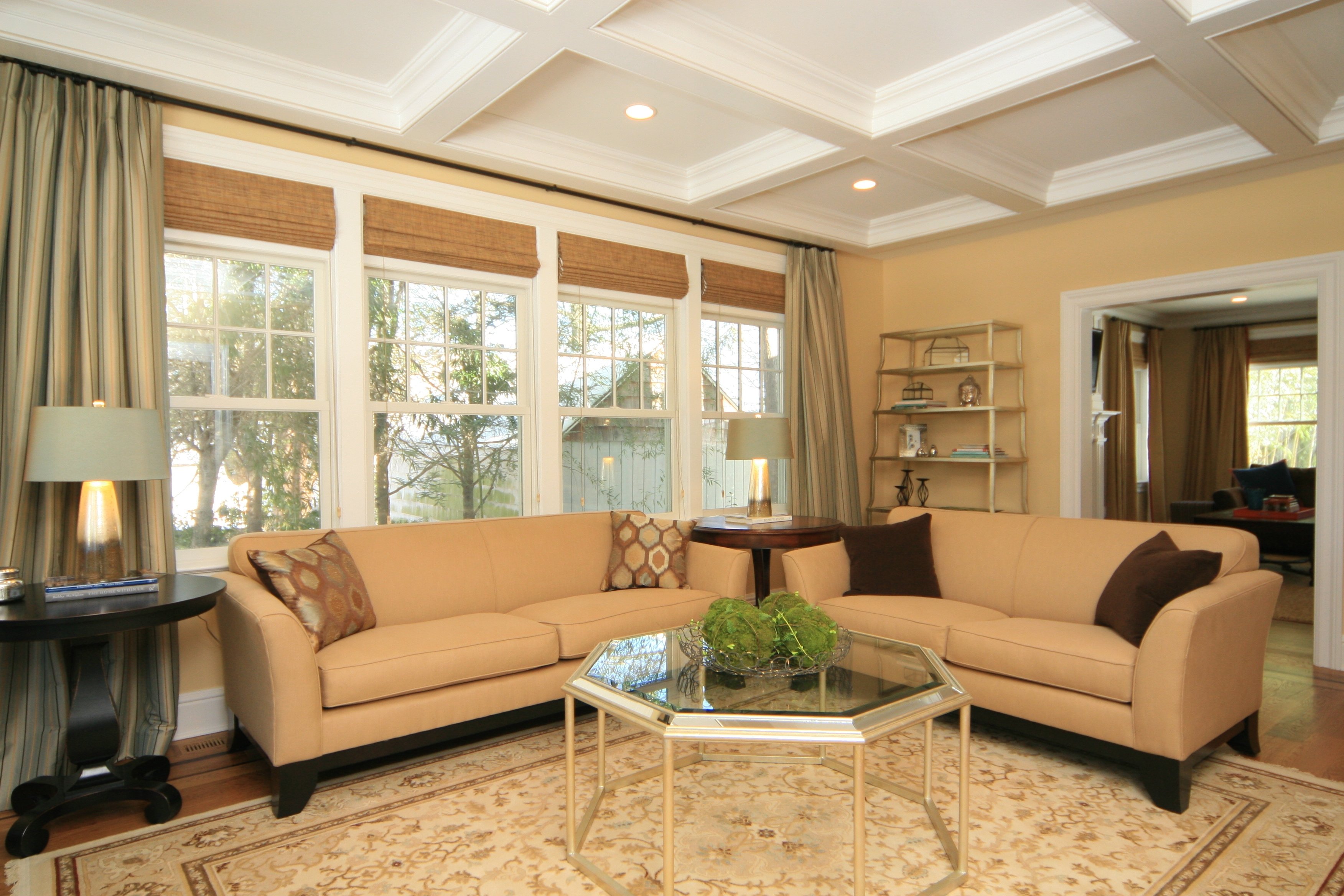




/arrange-furniture-awkward-living-room-5194365-hero-6738bbe71fea4187861db7ad9afbad44.jpg)


